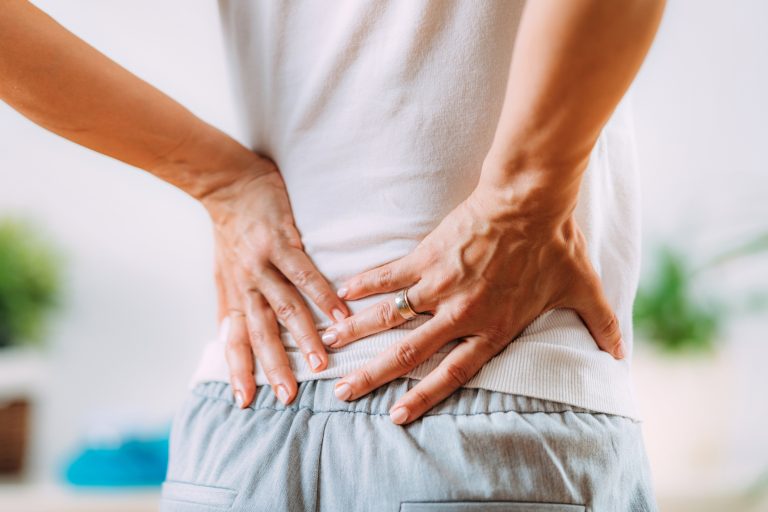Understanding Cervical Disc Extrusions
A cervical disc extrusion is a condition that develops in the cervical (neck) region of the spine. It involves a ruptured spinal disc, which means the inner material of the disc has pushed through a tear in the tough outer wall and entered the spinal canal. In many cases, disc extrusions in the neck occur between the fifth and sixth (C5 to C6) or sixth and seventh (C6 to C7) cervical vertebrae. Continue reading to learn about the cause of cervical disc extrusion, as well as the symptoms and treatment options associated with this condition.
How a Cervical Disc Extrusion Occurs
In some cases, a cervical disc extrusion is caused by the degeneration of the cartilage that makes up the disc. The discs in our spine are normally filled with a gel-like material to maintain their cushioning capabilities or shock absorption qualities. Over time, the cartilage begins to break down and the disc loses water content, making it more vulnerable to damage. The tough outer layer of the disc is more likely to bulge or tear at this point, which can push the disc’s inner material out. Extrusion occurs when the inner material is presses out of the tear and enters the spinal canal. In addition to age-related degeneration, traumatic injury, excess body weight, tobacco use, alcohol consumption, and even genetics can contribute to disc extrusions.
Symptoms
A cervical disc extrusion does not always result in symptoms. Pain is usually the result of disc material coming into contact with nervous tissue, including the spinal cord or an exiting nerve root. If nerve compression occurs in the cervical spine, it can cause shooting pains that radiate from the point of compression, as well as other symptoms, including:
- Tingling
- Weakness
- Numbness
- Decrease in muscle mass
The location of radiating symptoms usually depends on the exact location of nerve compression. An affected nerve in the cervical region can cause the above symptoms in the shoulders, arms, and hands.
Cervical Disc Extrusion Treatment
After diagnosing a patient with a cervical disc extrusion, your doctor may prescribe conservative nonsurgical methods to initially treat the condition. Pain medication, including nonsteroidal anti-inflammatory drugs (NSAIDs), are prescribed or purchased over the counter, depending on your level of pain. Applying an ice pack or a cold compress to the affected area can also calm inflamed tissue and numb pain. Doctors often recommend physical therapy to strengthen the muscles around the disc extrusion and provide extra support to the spine.
If you’ve tried conservative treatments and are considering surgery because of chronic pain, contact BEST Health System today. Our surgeons can remove the portion of the disc that is creating discomfort through a muscle-sparing procedure that uses a less than 1-inch incision. The minimally invasive spine surgery we perform offers benefits like no lengthy recovery and less scarring.
